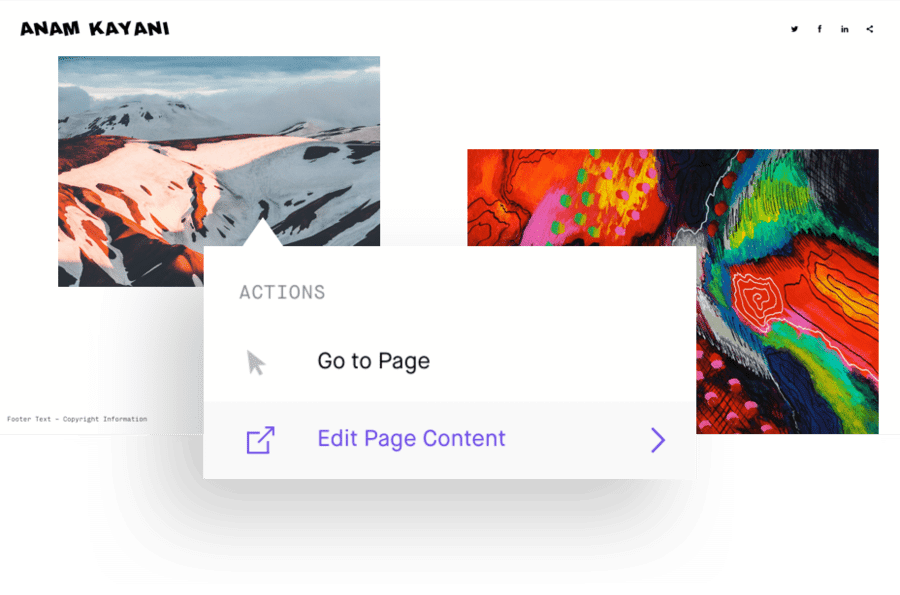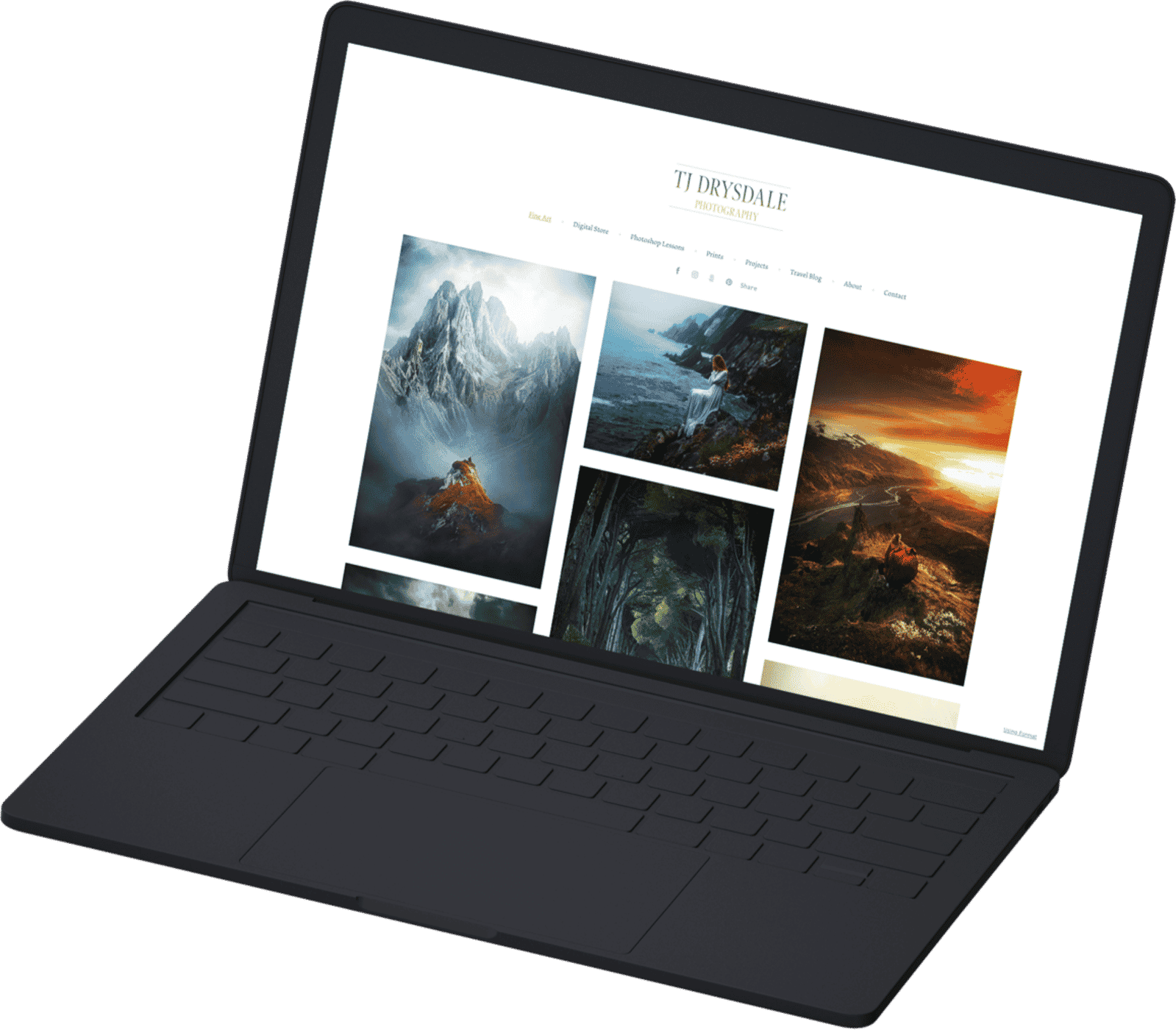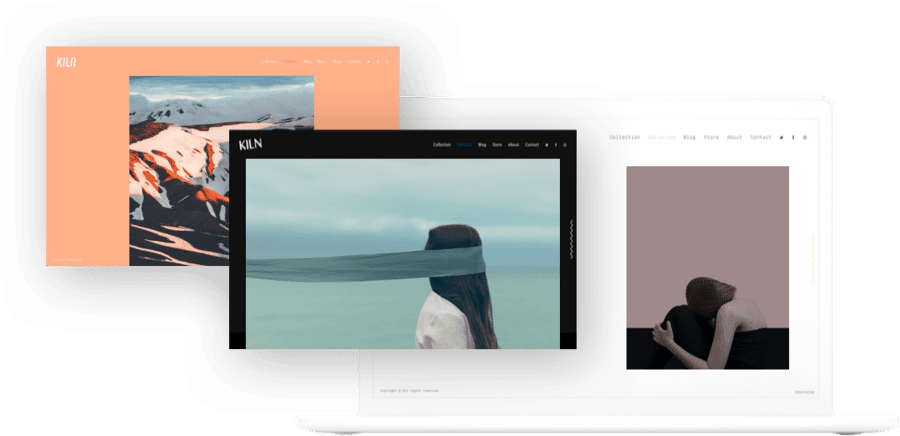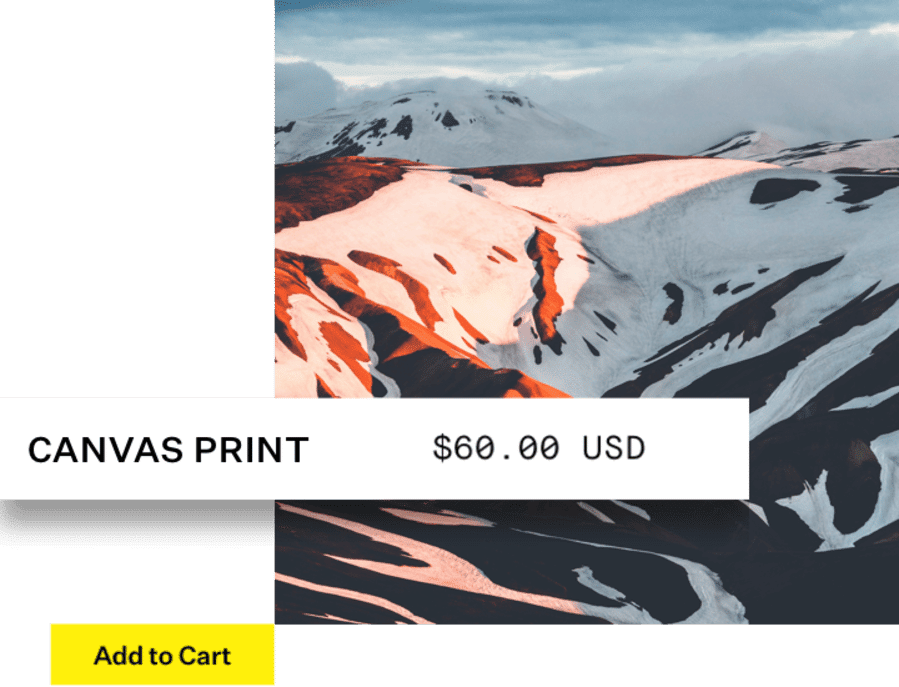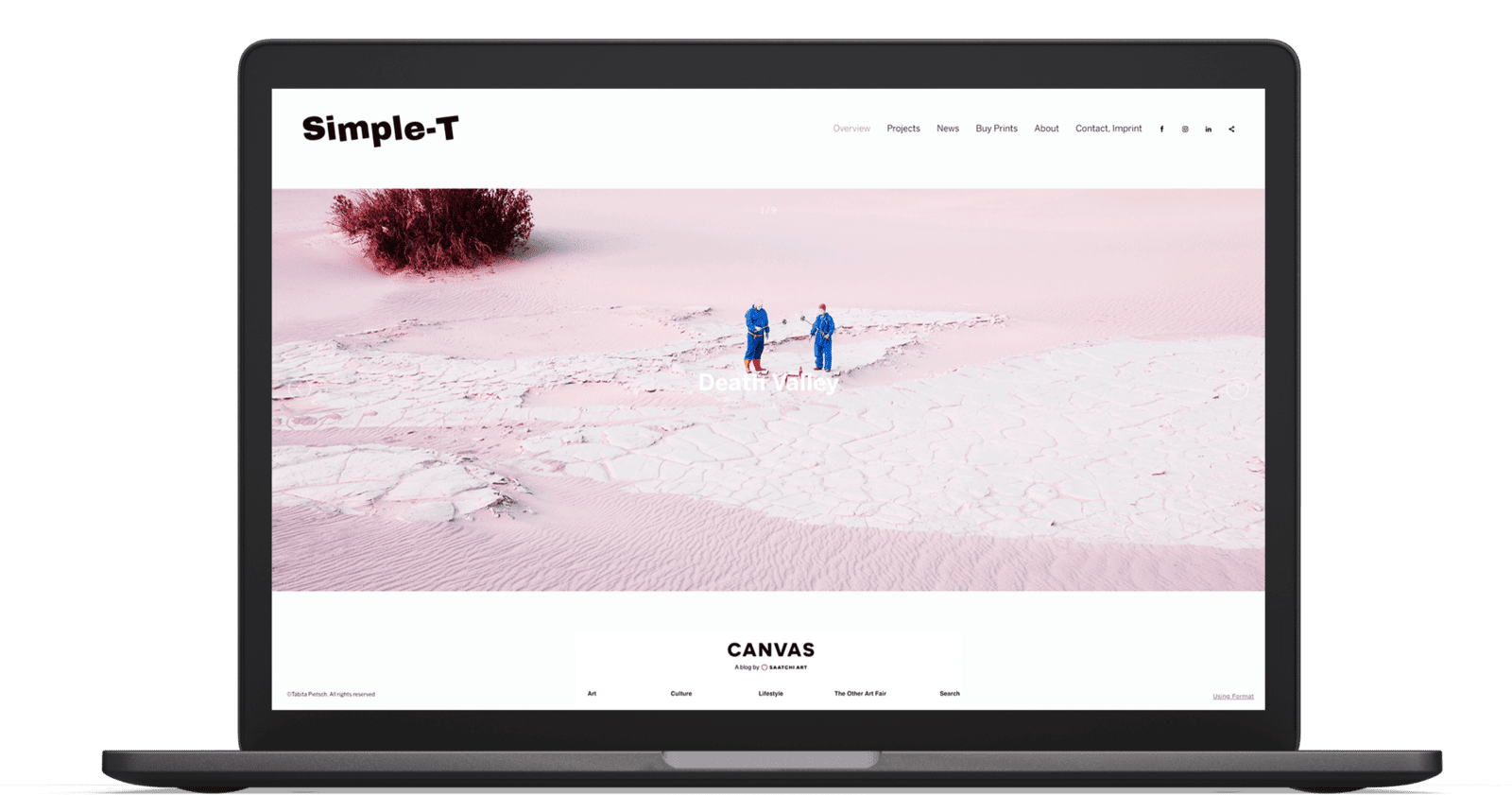Your portfolio website is not just a static folder of your work that sits idle online. Keep it active and current, with regular updates to the content to keep it fresh and interesting. This means including your most recent projects on the site, and making updates to it so it doesn’t get stale or bland for visitors.
Tips for Organizing Your Portfolio for Success
Now that you have a better sense of the characteristics of a good portfolio, let’s look at how you can organize it so it impresses visitors and helps you land more clients:
Include Only Your Best Work
When it comes to organizing your site, it’s important that you be selective about which work you include. Cluttering up your portfolio with every creative piece you’ve ever made will be overwhelming for visitors and likely turn them off. Curating your work will ensure you are highlighting your best. When it comes to selecting work for your site, ask yourself key questions, including: What work am I most proud of? What work is the most polished and impressive to clients? What work says the most about me as an artist?
You may select images from a highly detailed, creative series you created for a high profile client. Oy you may choose images of a painting of the New York skyline that really speak to your point of view as an artist.
Be selective about what you include so your site feels thoughtful and engaging for visitors, and highlights what you bring to the table as an artist.
Group Your Work by Project
Some artists can have a scattered mind; don’t let your portfolio be all over the place as well. Group your work by project or series so they are all contained and easy to follow for visitors. This can also help to give visitors a sense of your artistic approach, creating connections to your work by theme or concept.
For example, if you have a concept art project about nature you’d like to highlight, group images of the work together into one project on your website so they are easy to find and view in one place.
Consider Your Target Audience
Like any good artwork, your website should speak to your intended audience and meet their expectations. Ask yourself, who is my target audience and how can I best engage them? Try to have a specific audience in mind when you are organizing your website to help guide your approach.
For example, your target audience may be art collectors and galleries who are interested in still life paintings. In this case, you would organize your portfolio to appeal to this audience. Or, you may be more focused on an audience who buys art prints and other merchandise. You would then organize your website to engage this audience so they are more likely to buy your work.
Tell Your Artistic Story
Your website should reflect your artistic journey, and give visitors a clear sense of who you are as a creative person in the field. Think about how you can tell your individual story when you organize your site, making it particular to you and your journey.
You may illustrate your story through the types of projects you select for the site, or in the site’s overall design. You could also highlight career milestones or key moments in your artistic development.
Include Links to Your Social Media
Portfolio websites are a great place to highlight your online presence, from your recent work to your social media accounts. Make sure you include links to your Instagram, Facebook, Twitter, and other relevant platforms so visitors can connect with you and keep track of your work. Your social media accounts are also a great way to show off a more personal side of your artwork and provide regular updates to your followers, which can help to boost your online profile and potentially drive more traffic to your website.
Most website builders will include a spot for links to your social media at the header and/or footer of your site so visitors can navigate to them easily.
